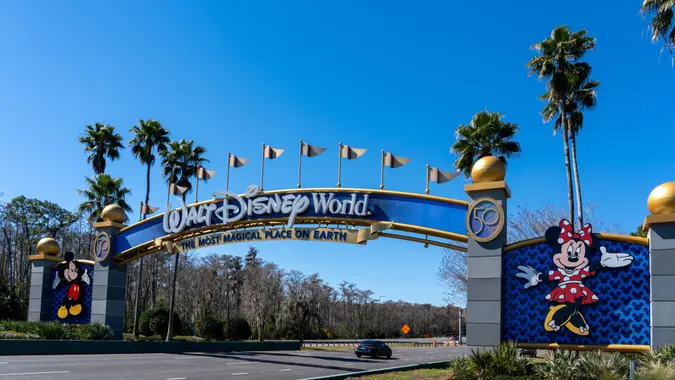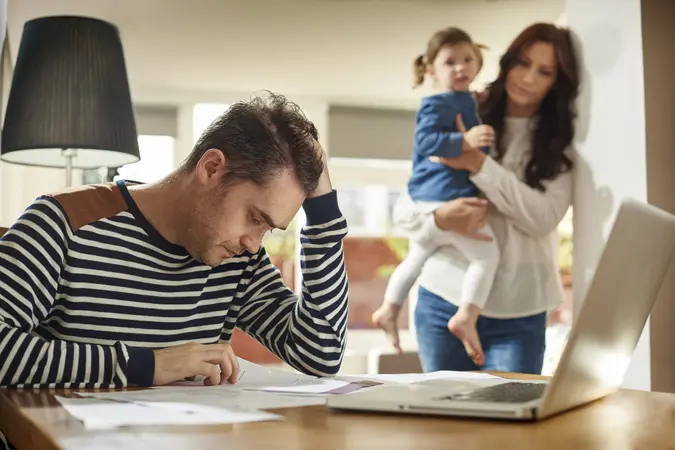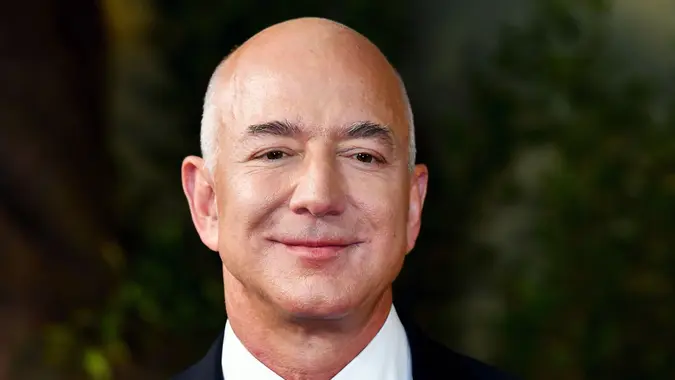Can You Pay Off Your Chapter 13 Bankruptcy Plan Early?

Commitment to Our Readers
GOBankingRates' editorial team is committed to bringing you unbiased reviews and information. We use data-driven methodologies to evaluate financial products and services - our reviews and ratings are not influenced by advertisers. You can read more about our editorial guidelines and our products and services review methodology.

20 Years
Helping You Live Richer

Reviewed
by Experts

Trusted by
Millions of Readers
If you’ve gotten in over your head with debt, you may have filed for a Chapter 13 bankruptcy plan, which is a way to pay your obligations over a period of three to five years and avoid foreclosure of your home and collection action.
Once you’ve completed your Chapter 13 repayment plan, you can start fresh. Here’s what you should know.
What Is Chapter 13 Bankruptcy?
Under Chapter 13 bankruptcy, you have to pay back some or all of what you owe. In fact, you have to use all of your discretionary income (what’s left over after you pay all your necessary bills) to pay back the debt. Chapter 13 lets you catch up on your payments so that you can keep your home, your car and other collateral that the lender might otherwise be able to foreclose on because you didn’t make your payments.
Chapter 13 Bankruptcy Payments
The payments you make under Chapter 13 will last for either three or five years, depending on your income. If your income is less than your state’s median annual income for your household size, you can request a three-year repayment plan. If it’s more than the state average, you’ll pay for five years.
The process for calculating payments is complex, but generally you want to add up the total amount you owe that must be paid in full and divide that number by the number of months in the plan (either 36 or 60). Next, determine if you will have any income left over after those payments. If you do, you will need to pay that toward the debts that are not required to be paid in full.
The debts that need to be paid in full include fees associated with the bankruptcy proceeding, your mortgage and car loan and other secured debts. In addition, back child support and alimony payments, recent tax debt and wages and benefits due to employees must be paid in full.
Debts that are unsecured may not need to be paid back in full. These debts include credit card balances, medical bills, utility bills, personal loans, etc.
Is Paying Off Your Chapter 13 Bankruptcy Plan Early a Good Idea?
If you find that you are able to pay more than what your Chapter 13 plan requires, tread very carefully. You may end up paying more than you would if you stuck to the plan. Here’s why.
When you agreed to the plan, the amount you agreed to pay toward unsecured debt may have been less than 100% of the amount. If you make your payments as agreed, the remaining unsecured debt at the end of the plan is eliminated — you don’t have to pay it. If you have additional disposable income (beyond what you had when you began the plan) that income is required to go toward paying more of your unsecured debt. You could end up paying more overall if you make larger payments.
It’s critical to understand your obligations under Chapter 13 bankruptcy so you can get out from under your debt and get a fresh start.
More From GOBankingRates
 Written by
Written by  Edited by
Edited by 
























